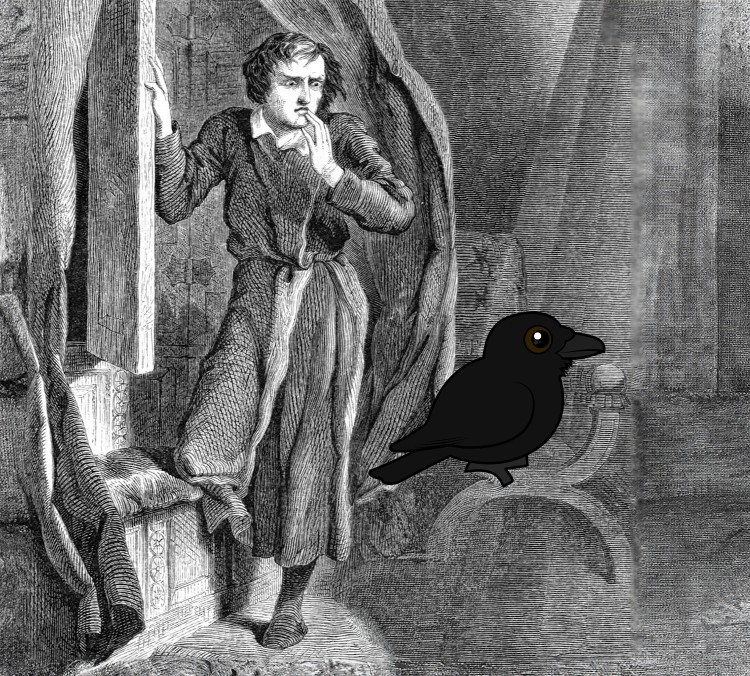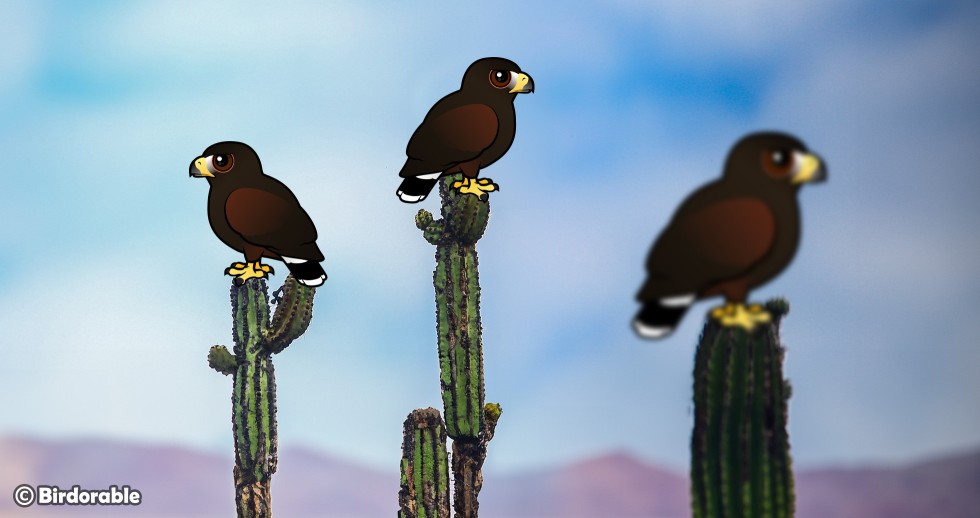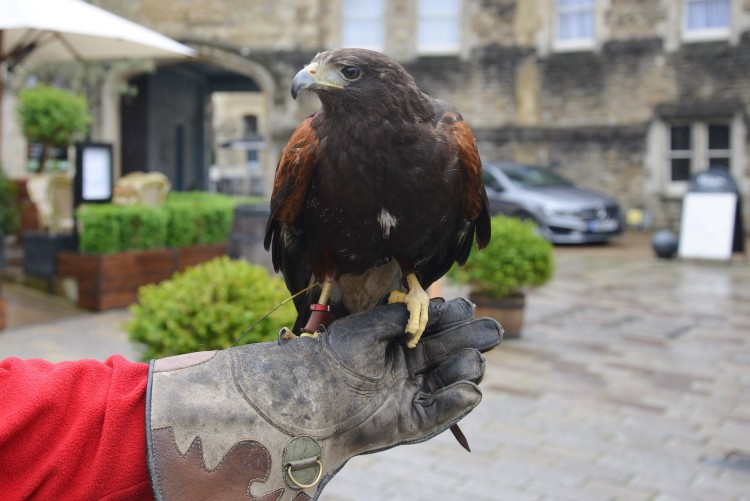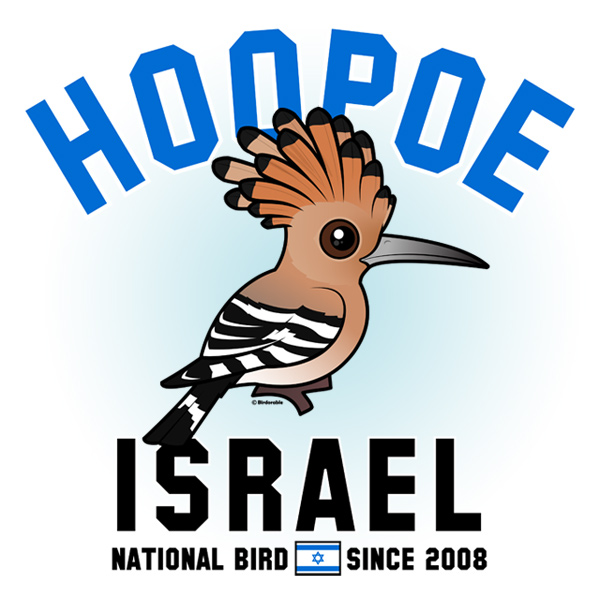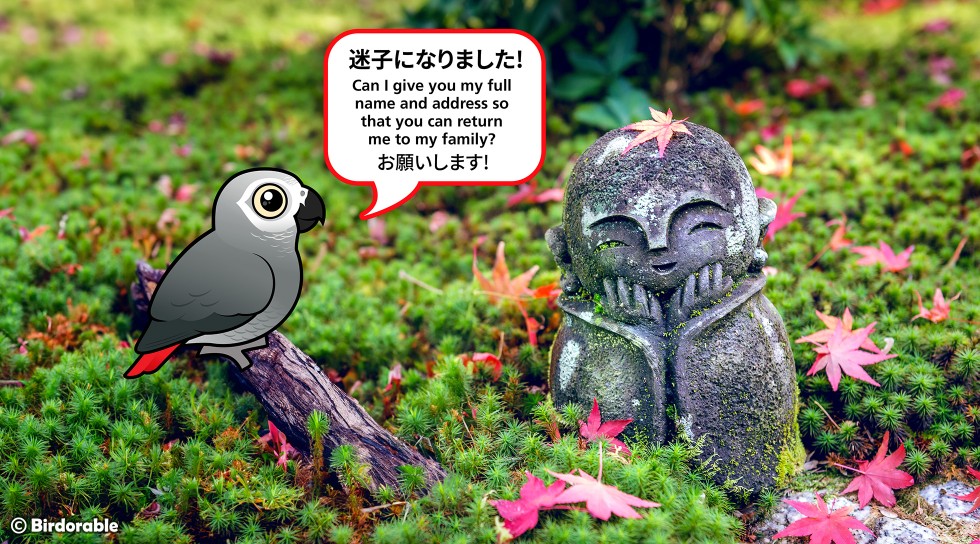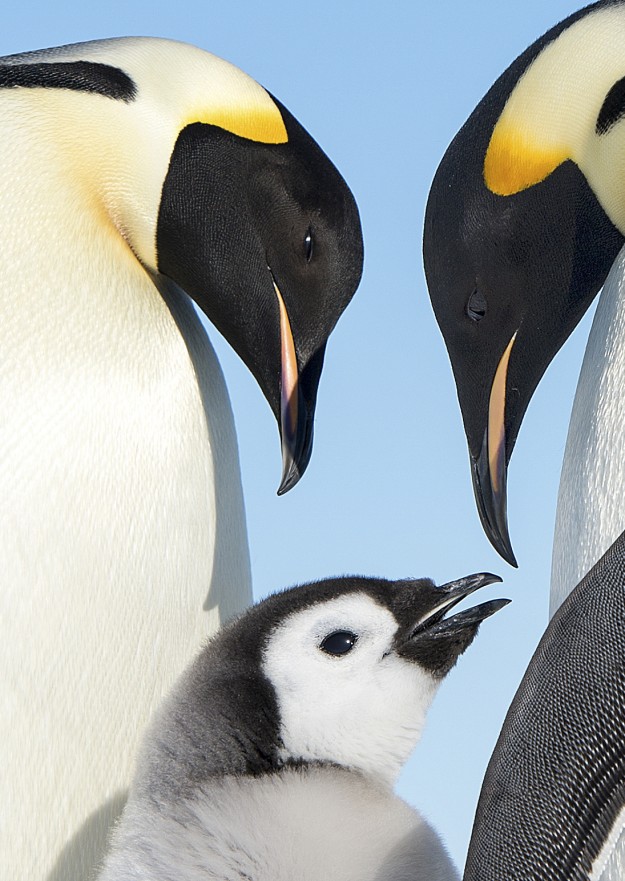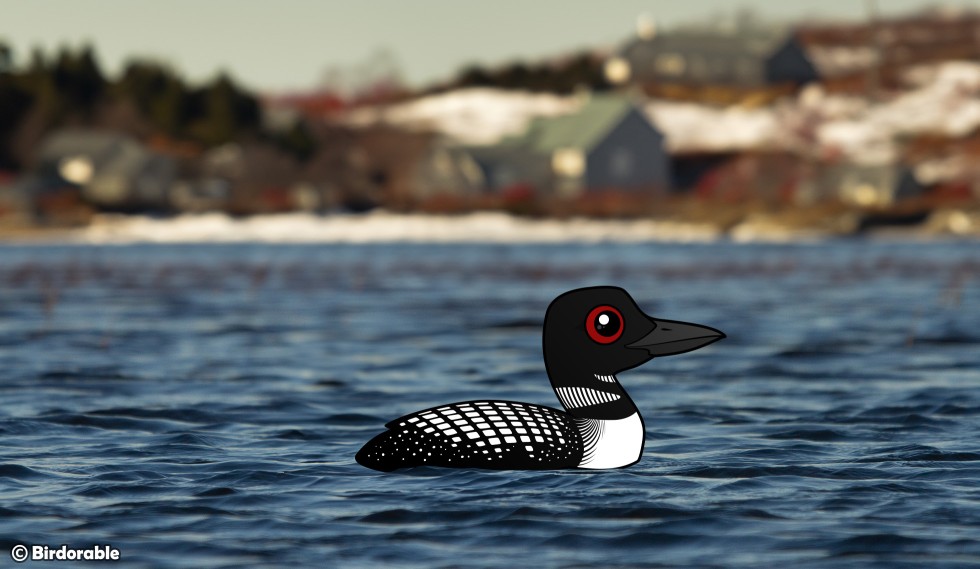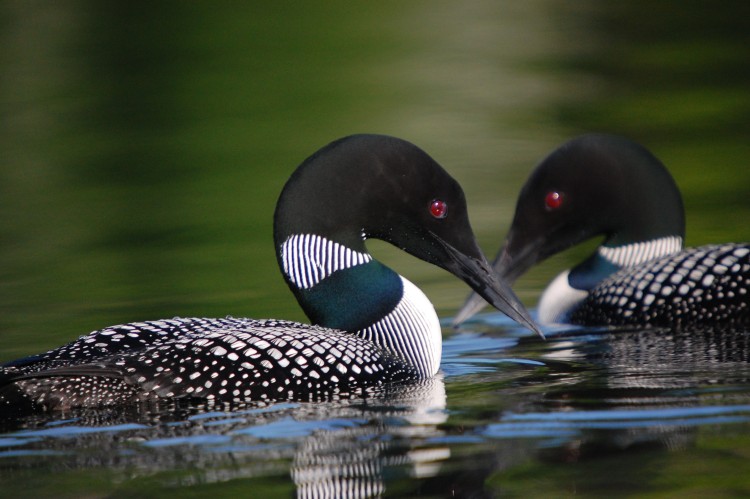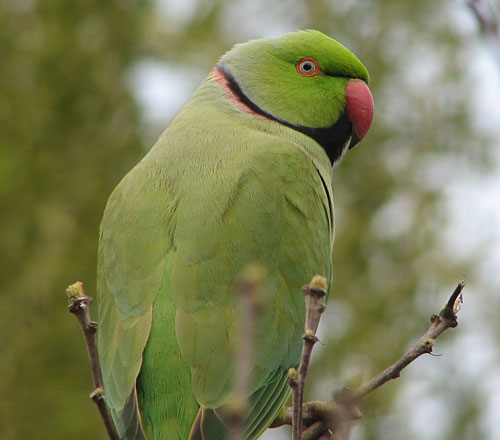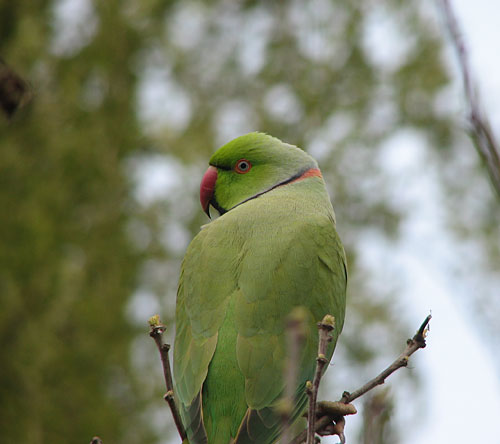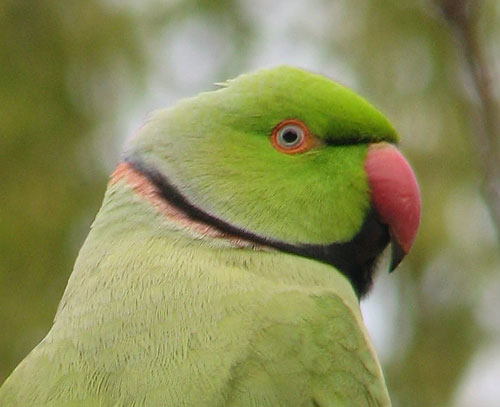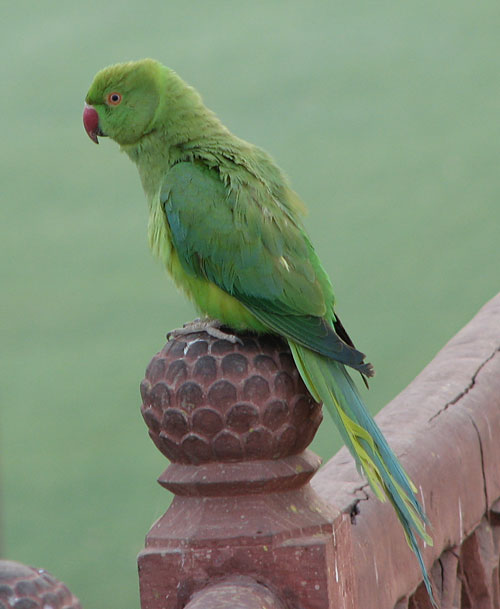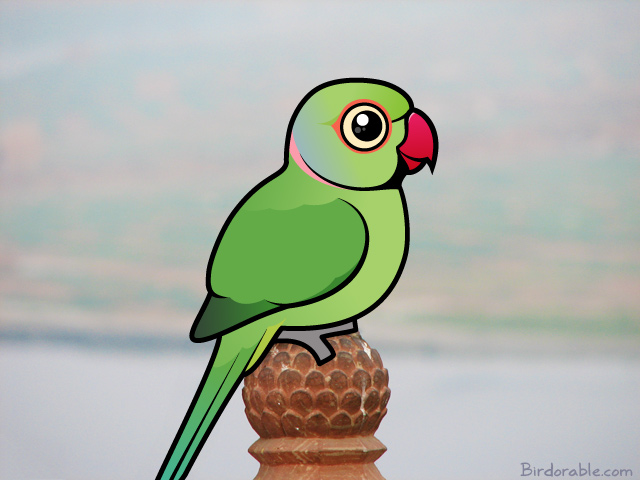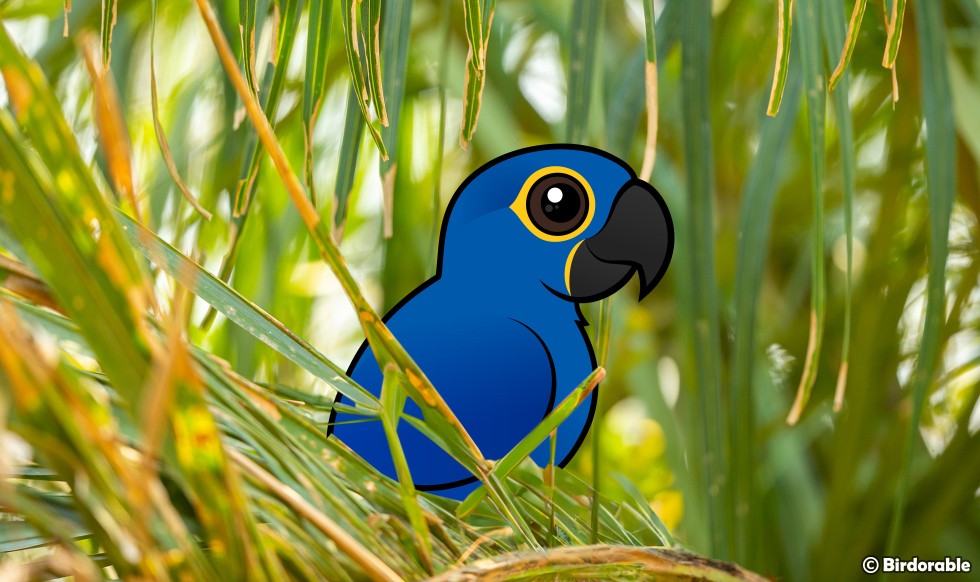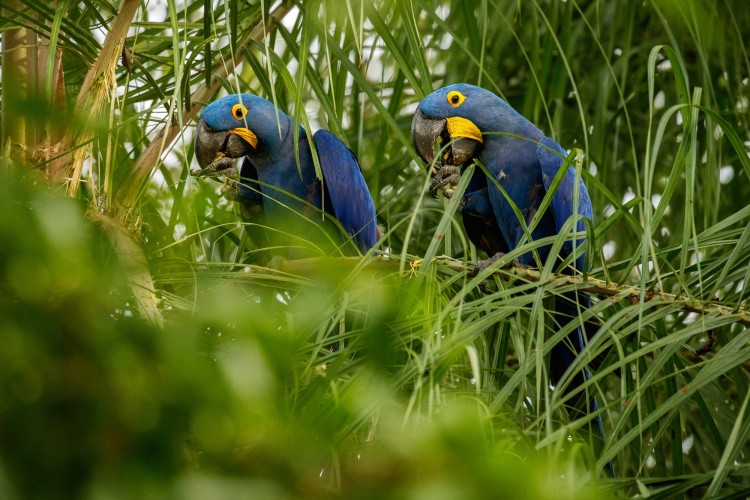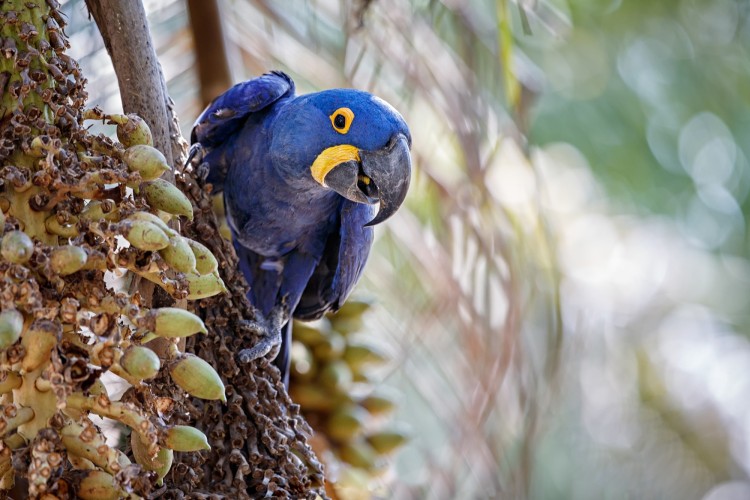The Northern Mockingbird, with its mimicking prowess and spirited song, represents the diverse cultures and vibrant music scenes of Florida and Texas. The Common Loon, symbolizing Minnesota, calls to mind serene lakes and wilderness, echoing the state's love for outdoor adventures. And the Chickadee, Maine's pride, reflects the state's rugged coasts and dense forests, a testament to nature's resilience and beauty. Each bird, with its unique qualities and significance, tells a story about its state..
We're excited to expand this series and bring even more state birds to life in the Birdorable style. Whether you're from the rolling prairies of Nebraska, the icy expanses of Alaska, or the bustling streets of New York, we want to hear from you! Your state bird could be next to receive the Birdorable treatment, complete with its state flag waving proudly in the background. And we're not stopping there — we're open to all sorts of fun and creative design ideas that celebrate birds and the joy they bring into our lives.
If you have a favorite state bird you'd like to see in our collection, or if you have any other bird-themed design ideas, we'd love to hear from you. Your input could inspire the next adorable addition to our shop, so don't hesitate to reach out and share your thoughts with us. Together, we can continue to celebrate the beauty and diversity of birds in the most Birdorable way possible.
Check out our current lineup of state bird designs and find your state's feathered friend in adorable style. Who knows? You might just find the perfect Birdorable product to express your state pride and love for birds. Join us in this exciting avian adventure!
